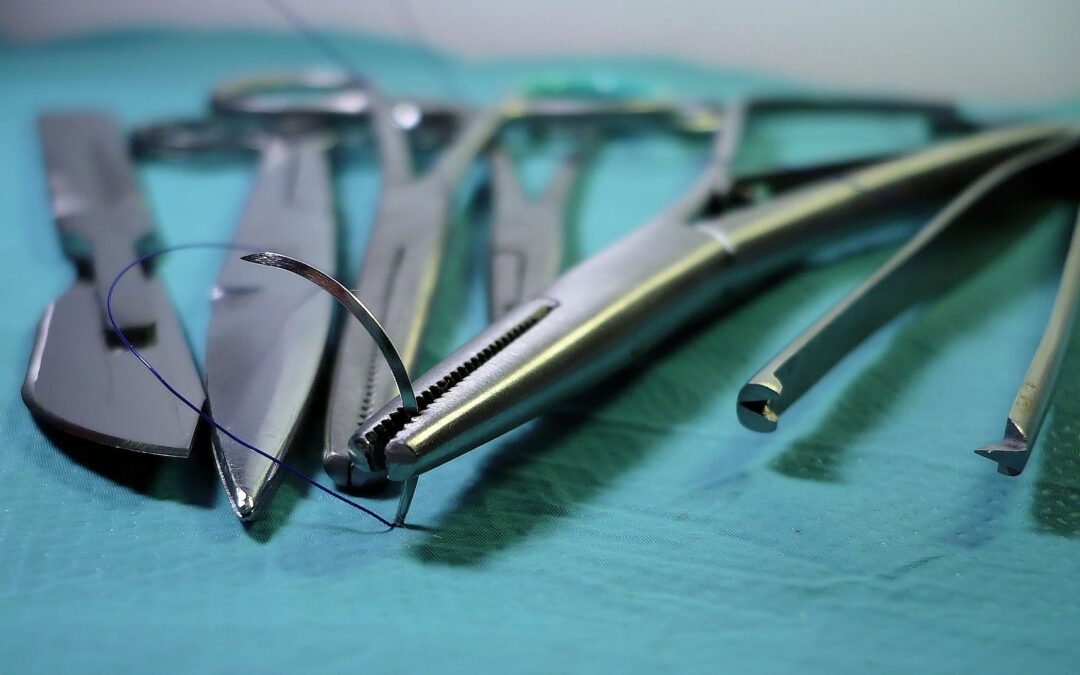Immobilization in External Rotation and Abduction Versus Arthroscopic Stabilization After First-Time Anterior Shoulder Dislocation – A Multicenter Randomized Controlled Trial
Minkus M, Königshausen M, Maier D, Mauch F, Stein T, Greiner S, Moursy M, Scheibel M. American Journal of Sports Medicine. 2021.
https://journals.sagepub.com/doi/full/10.1177/0363546520987823
Take-Home Message
Arthroscopic stabilization decreases the chances of recurrent shoulder instability but provides similar clinical scores compared to immobilization in external rotation + abduction among patients with a first-time anterior shoulder dislocation.
Background
Young and active individuals frequently undergo arthroscopic stabilization after their first anterior shoulder dislocation. However, several researchers have found that shoulder immobilization in external rotation and abduction (ER+ABD) optimizes the position of the labrum for healing but has not been compared to arthroscopic stabilization.
Study Goal
The authors sought to determine whether patients who are immobilized in ER+ABD achieve similar recurrence and clinical outcomes than patients who undergo arthroscopic stabilization.
Methods
The authors performed a multicenter randomized controlled trial with patients (18-40 years old) who arrive for treatment within 3 days of their first anterior shoulder dislocation. Sixty patients received nonoperative immobilization (60° ER, 30° ABD) and wore their brace for 3 weeks. Another 52 patients received a standard arthroscopic stabilization procedure with concomitant labral repair and capsule shift, and post-operatively wore a sling in internal rotation for 3 weeks. Both groups could begin rehabilitation after 6 weeks. They were evaluated at several follow-up time points for pain, range of motion, instability, hyperlaxity, subjective clinical shoulder scores (Constant-Murley score, Rowe score, and Western Ontario Shoulder Instability Index), and recurrent instability events.
Results
Patients averaged 26 years of age, and 92% of patients were male, with no differences in age, sex, instability, and physical demands of job or sport participation. Patients in the immobilization group had recurrent instability events more frequently than patients in the arthroscopic stabilization group (19% vs. 2%), with most of these patients being young athletes. While 11% of patients in the immobilization group required arthroscopic stabilization, no patients in the surgery group required a revision procedure. The authors also found that patients in the immobilization group had less ER and ABD range of motion than patients in the arthroscopic stabilization group 6 weeks after initial immobilization (ER: 52° vs. 29°; ABD: 139° vs. 115°). However, the range of motion difference became smaller over time. All clinical scores were similar between groups at 6 weeks, 6 months, 1-year, and 2-year follow-up.
Viewpoints
The authors found that arthroscopic stabilization is more effective than immobilization in ER+ABD for preventing recurrent instability events. However, both methods provide comparable clinical shoulder scores. Interestingly, the recurrence rates for the immobilization in ER+ABD group was lower (19%) than the recurrence rates of patients immobilized in external rotation alone (22%) and patients immobilized in internal rotation (30 to 33%). Patients who participate in high-risk activities may benefit the most from arthroscopic stabilization, as the demands of their sport put them at a high risk of redislocation. However, patients that do not participate in high-risk activities may be treated adequately with immobilization in ER+ABD, as similar clinical outcomes are expected, and their risk for recurrent instability events is decreased.
Clinical Implications
Clinicians should consider a patient’s age and activity level when formulating a treatment plan. Young, active patients may be better candidates for arthroscopic stabilization. However, if a patient is less involved with sports, or does not want to undergo surgery, then immobilization in ER+ABD is acceptable.
Questions for Discussion
What factors are most important in a patient’s decision-making: preventing future instability, pain and function, or possible complications?
Related Posts
Fill It In! Infraspinatus Remplissage Increases Shoulder Stability While Providing Similar Function
Posterior Shoulder Instability Classification, Assessment, and Management: An International Delphi Study
Risk Factors for Posterior Shoulder Instability in Young Athletes
Written by: Ryan Paul
Reviewed by: Stephen Thomas


